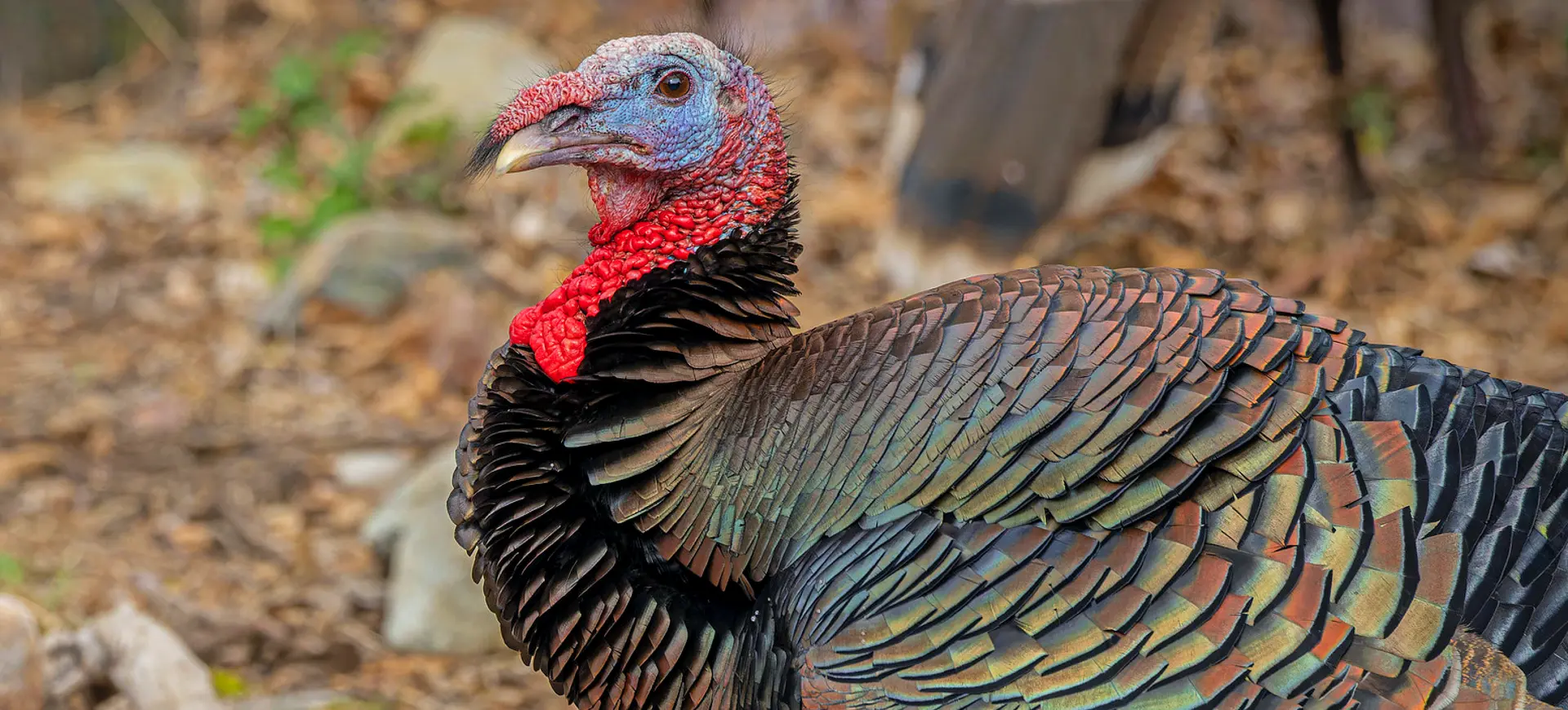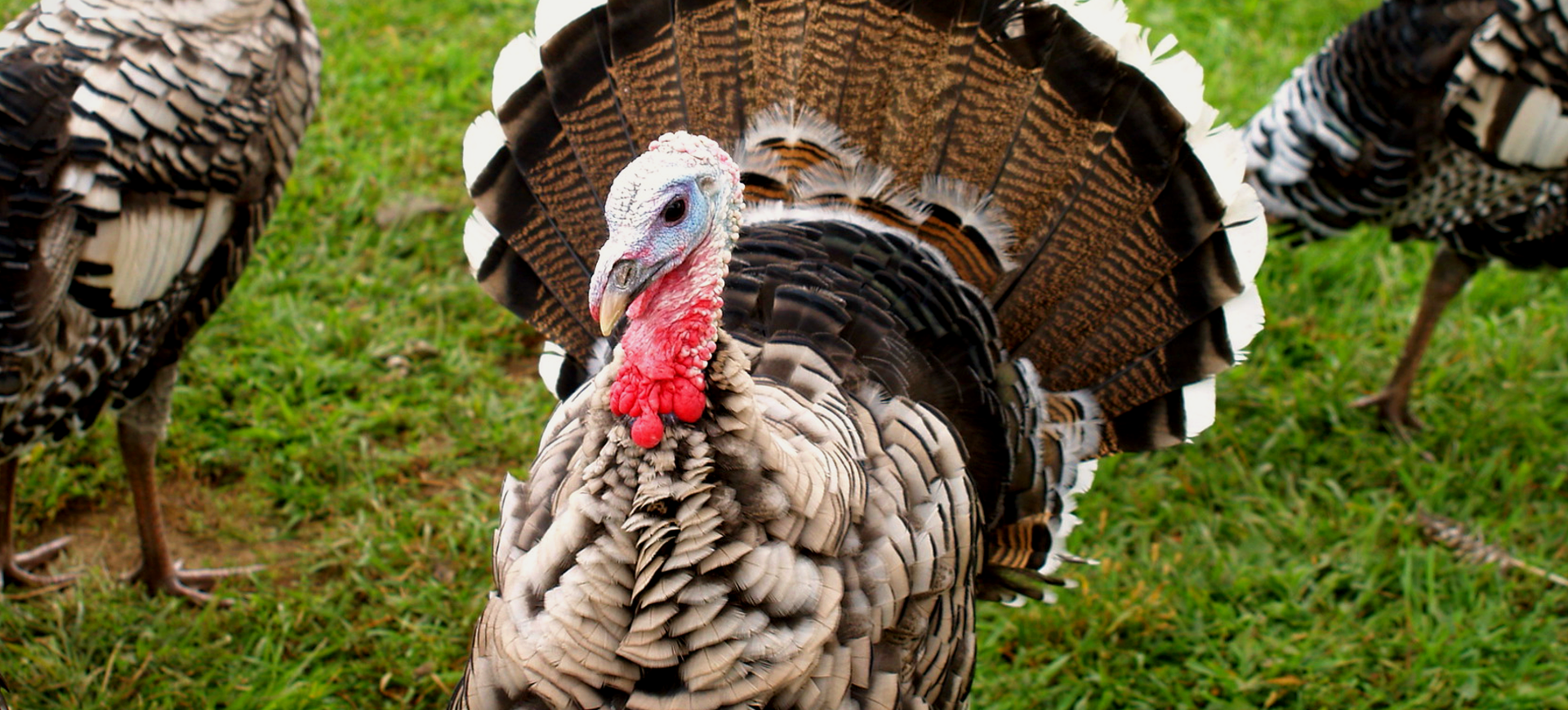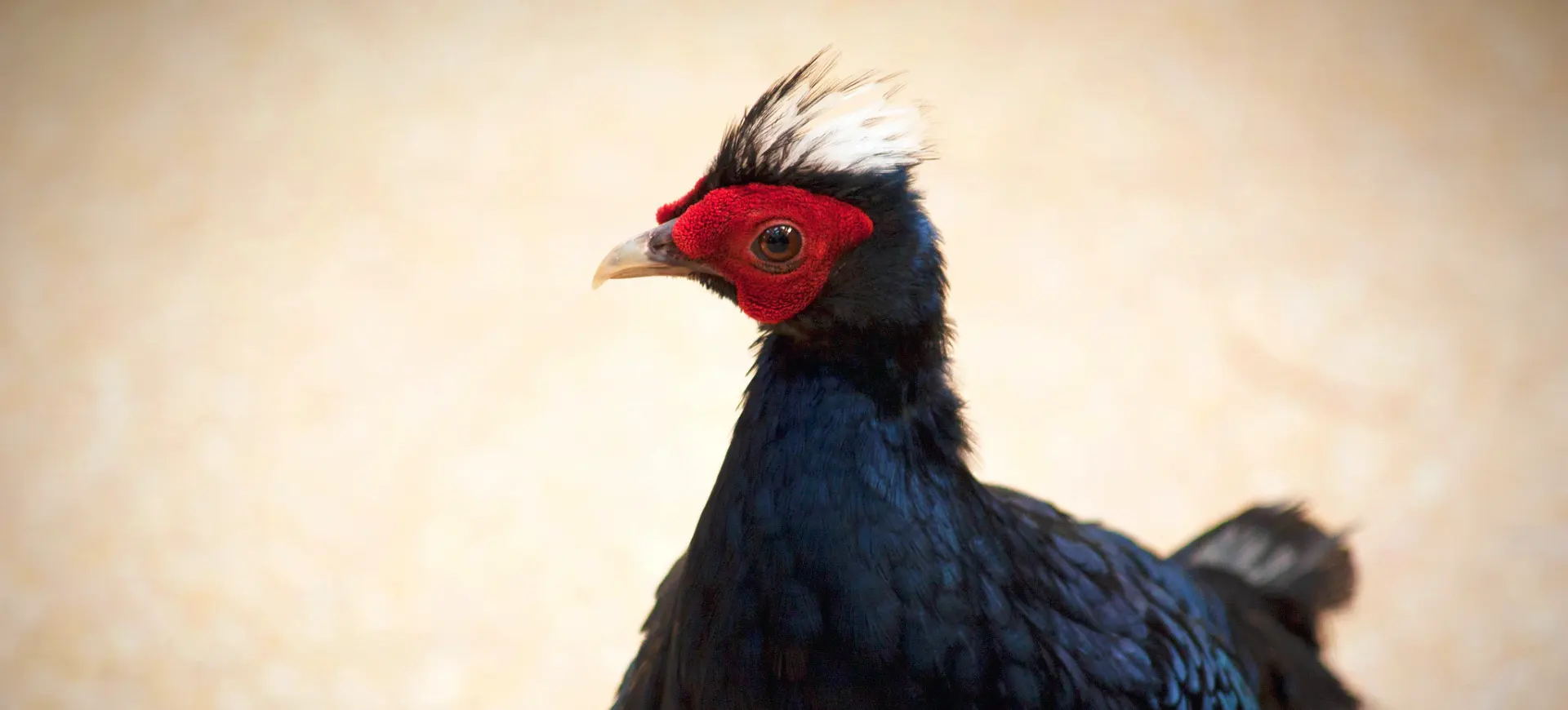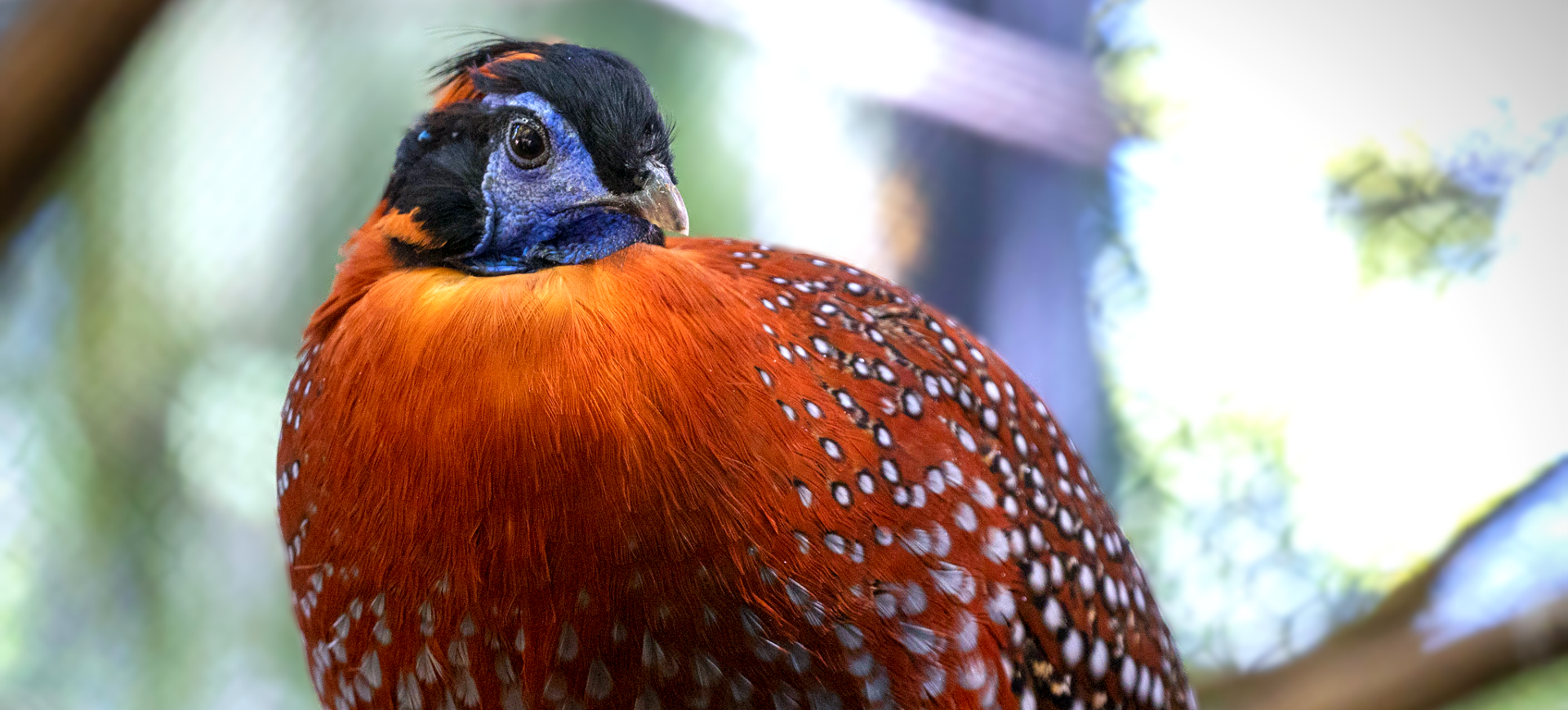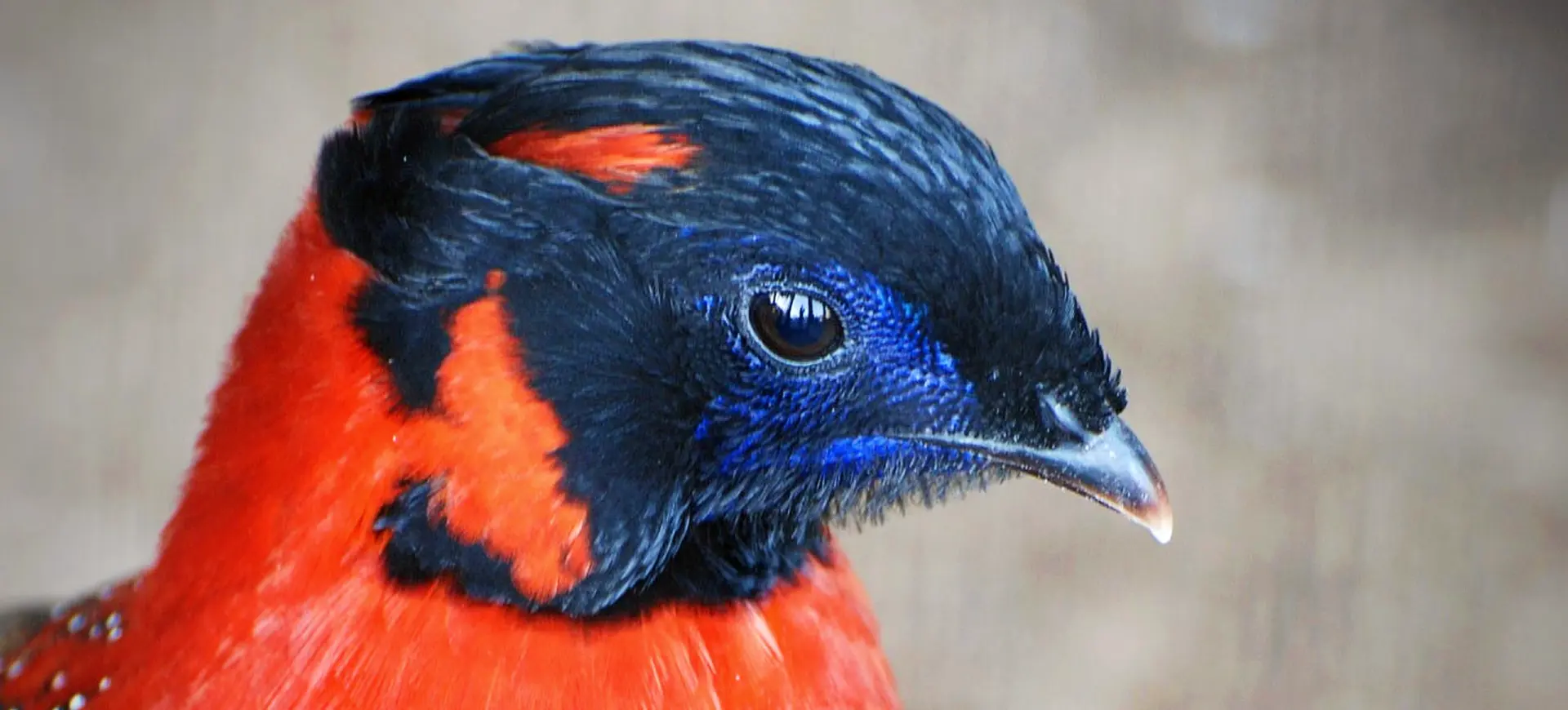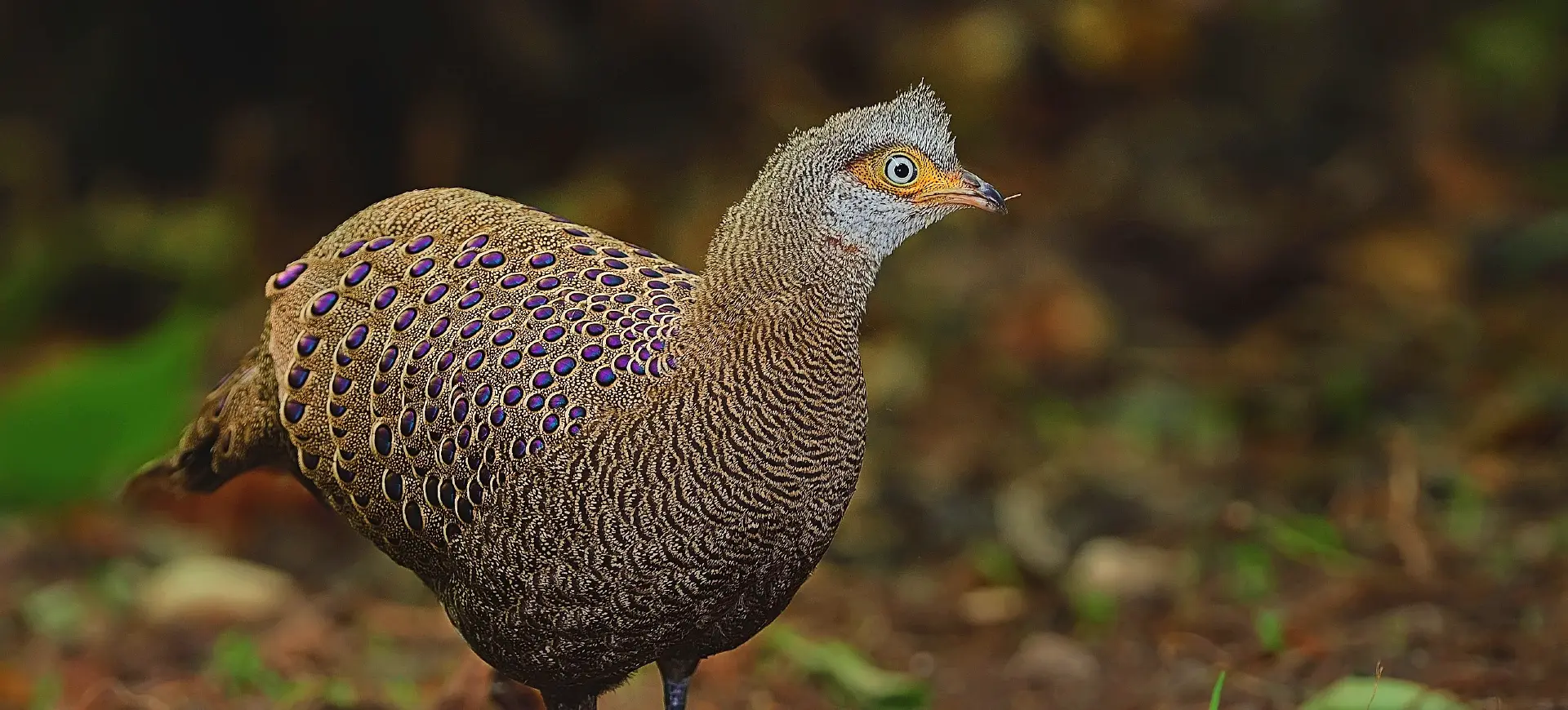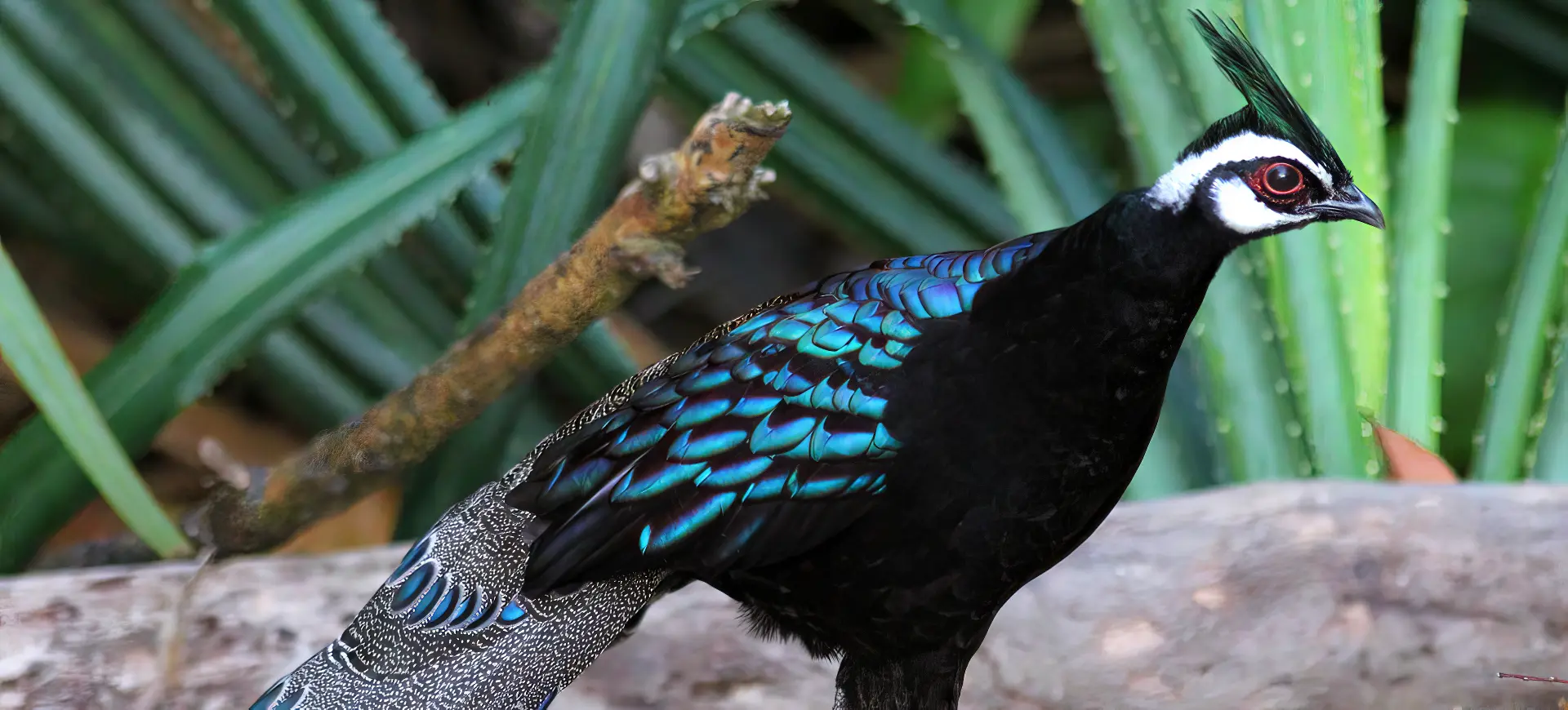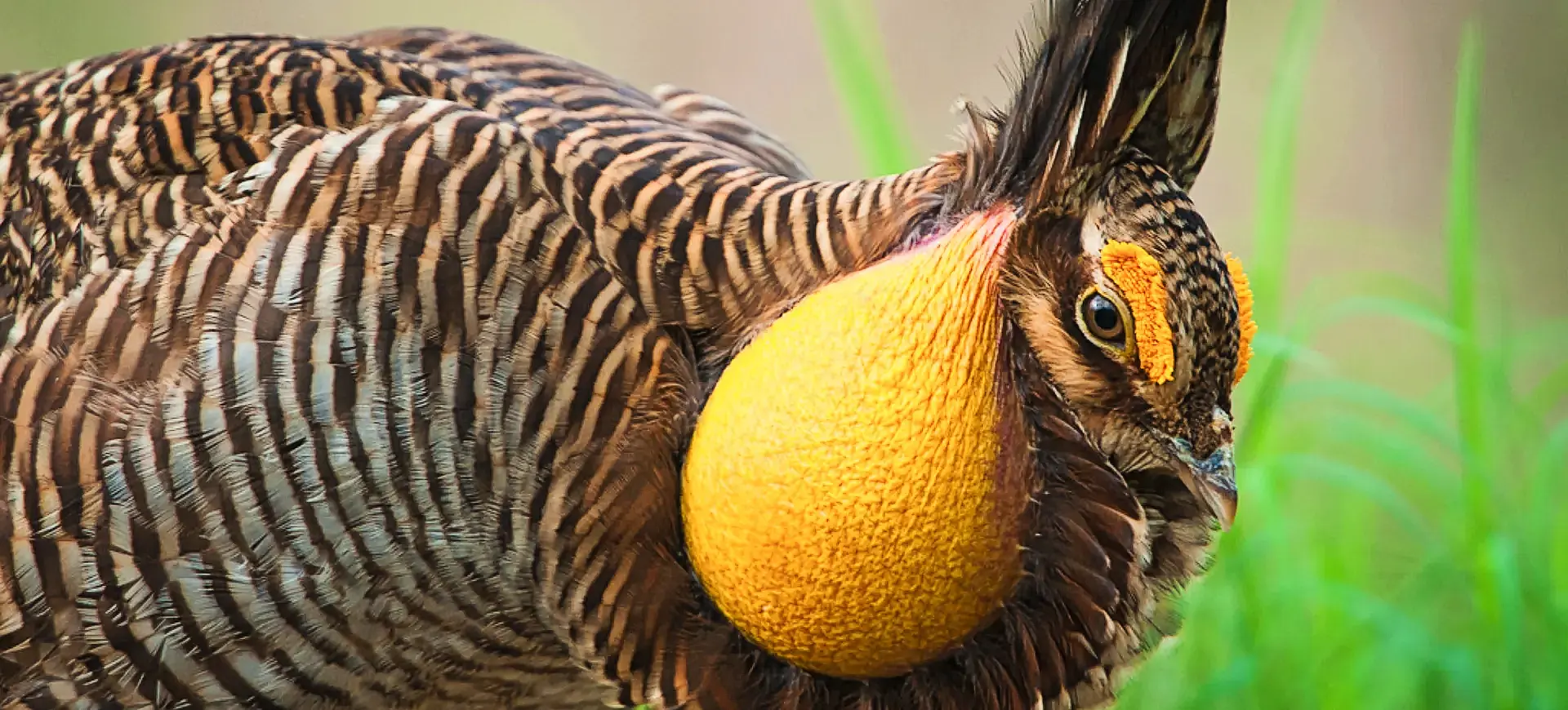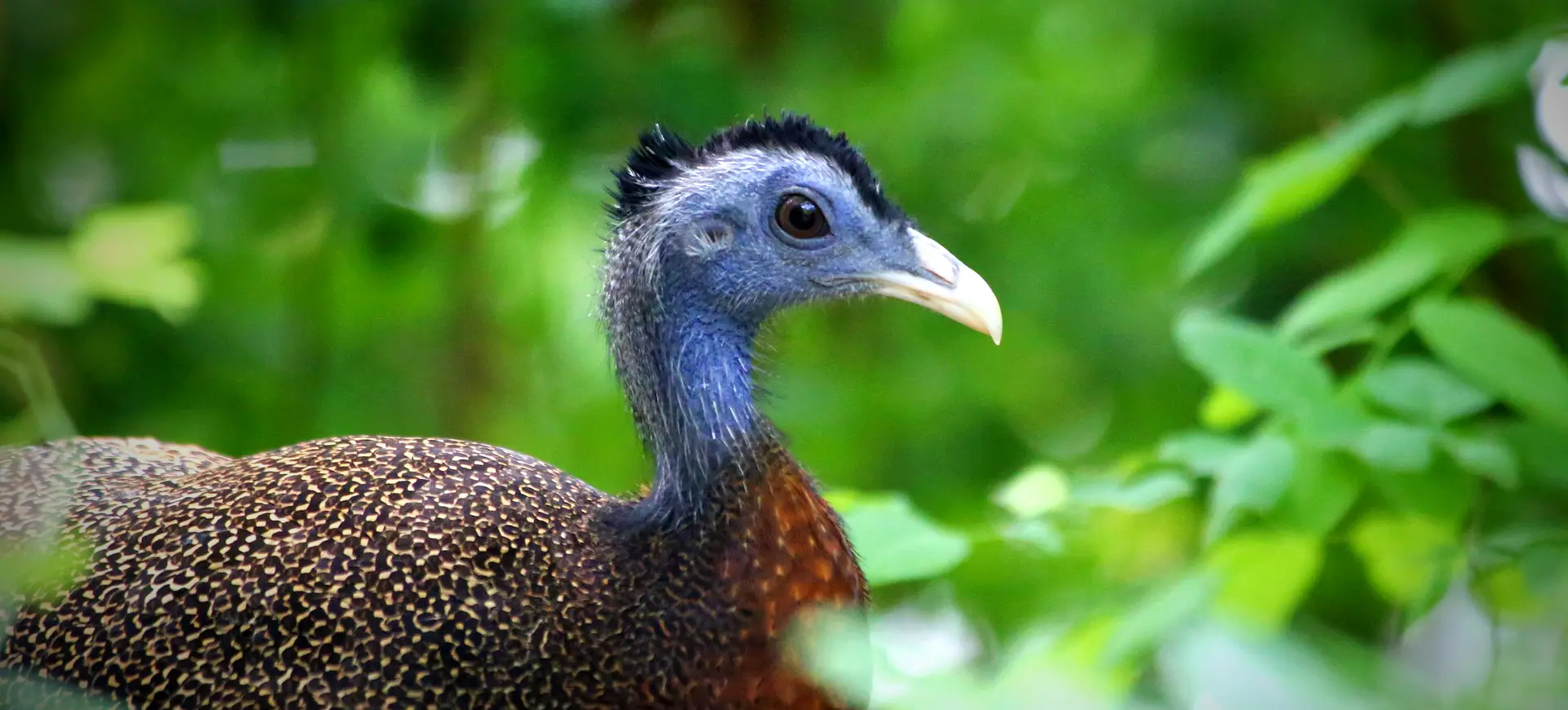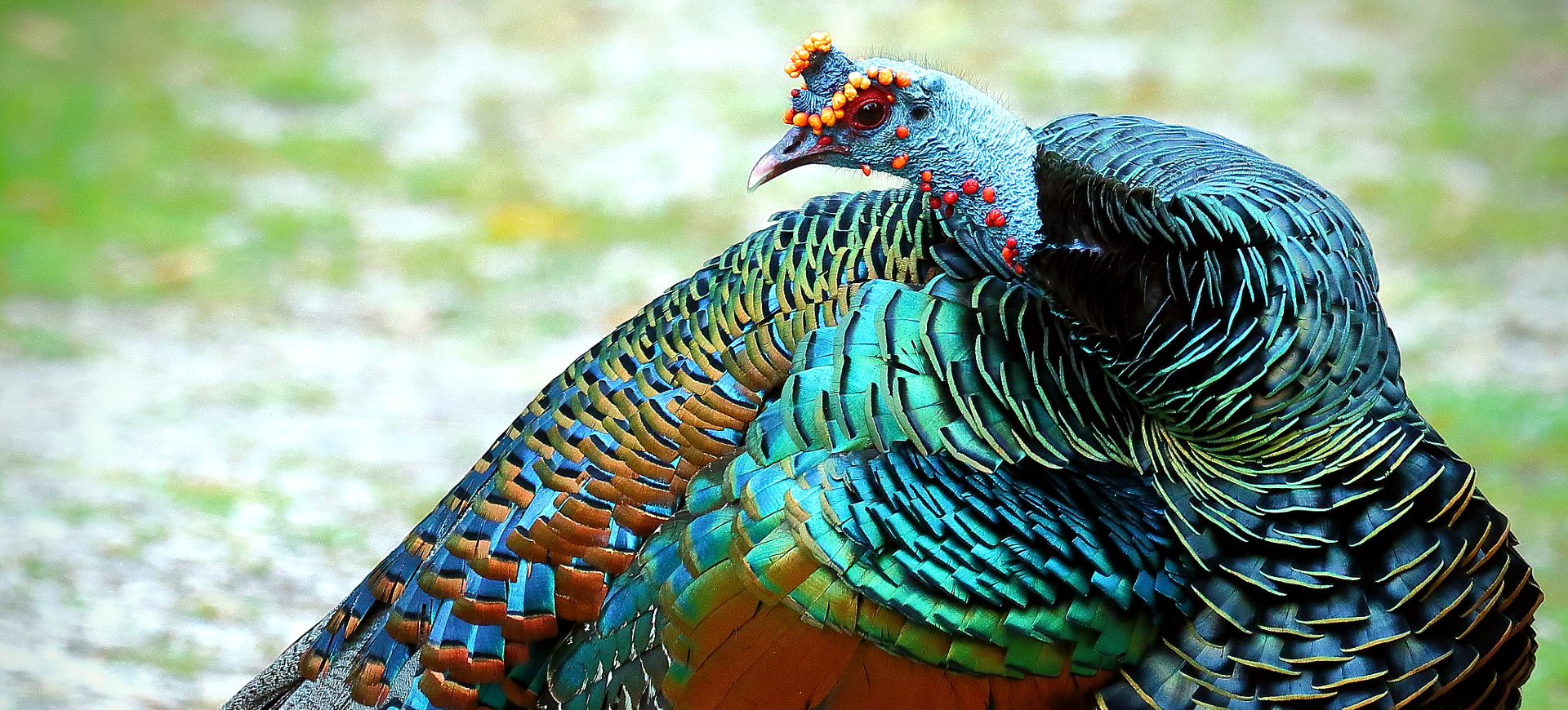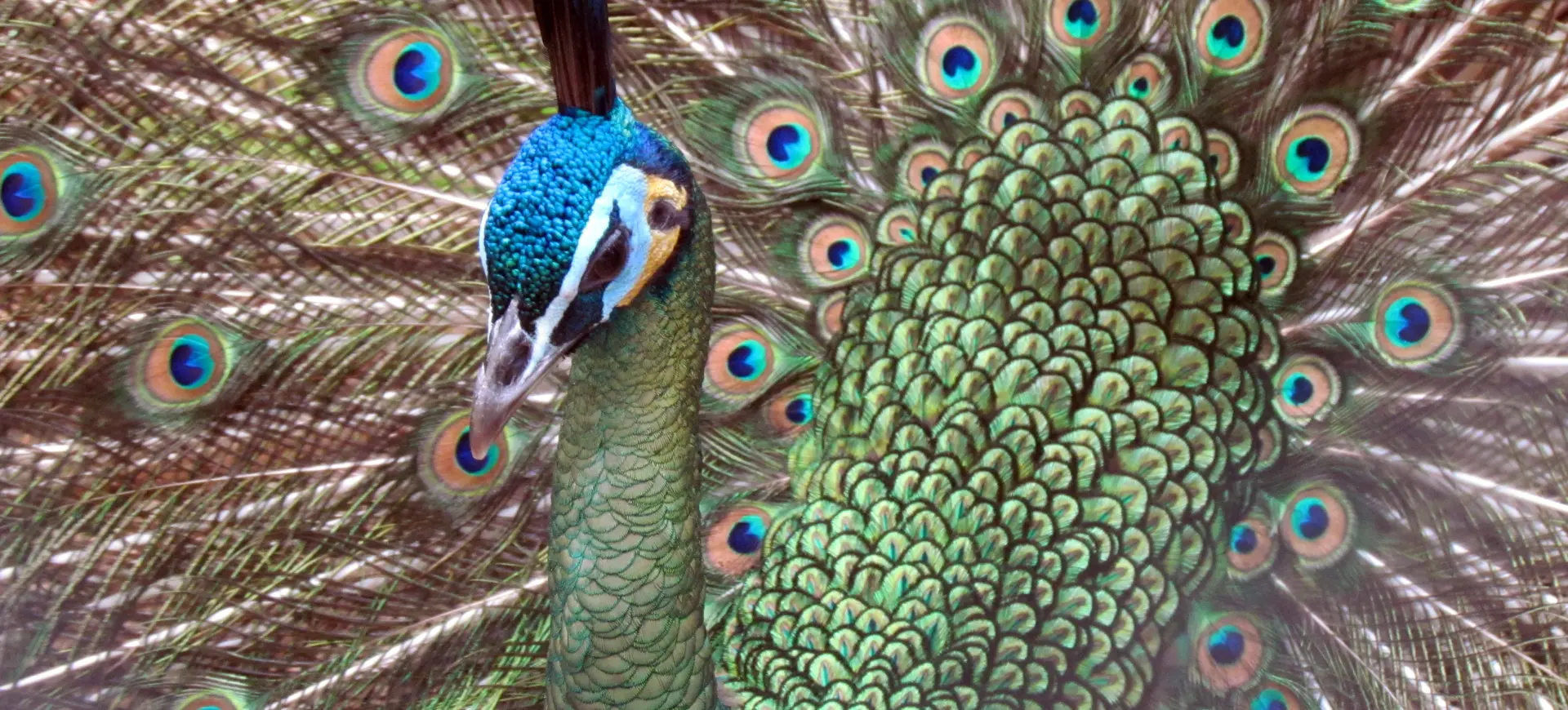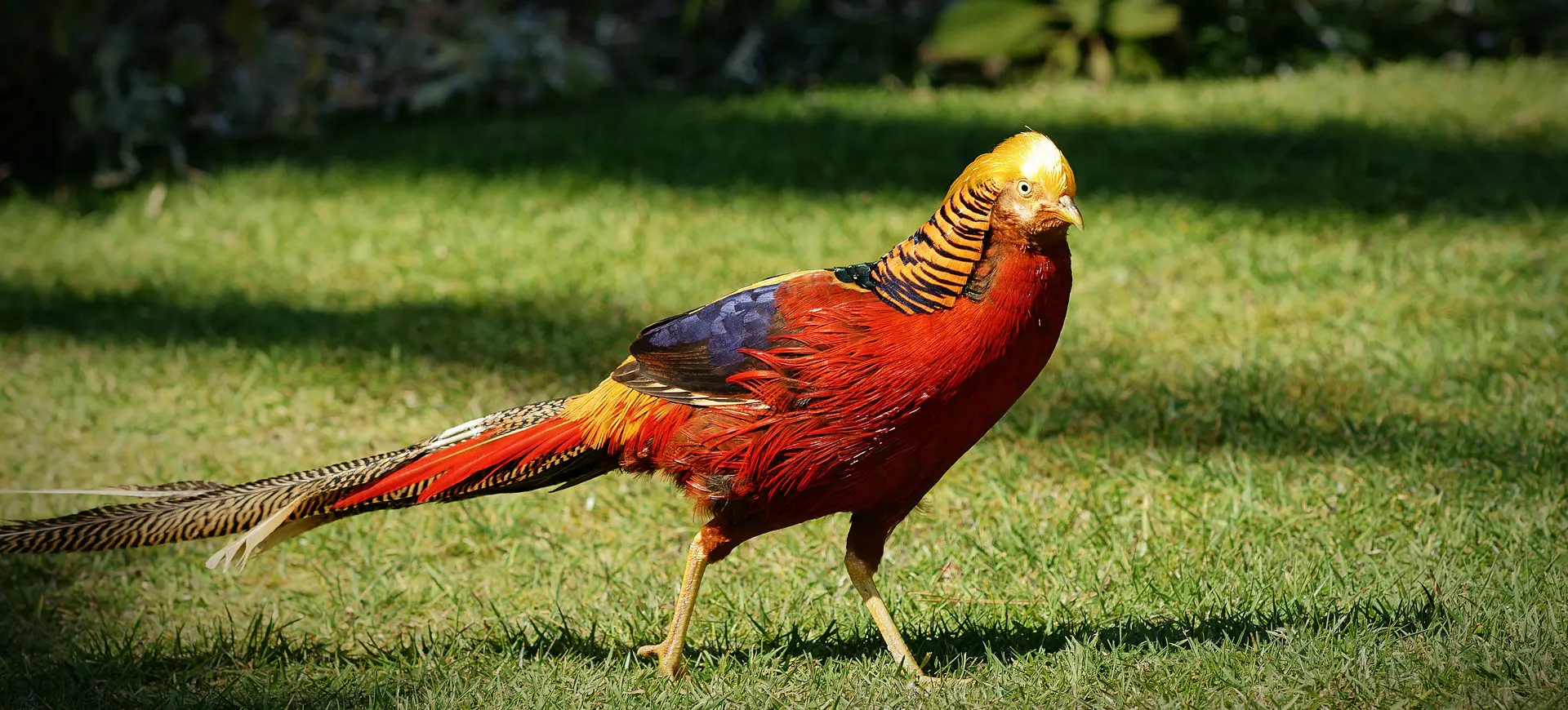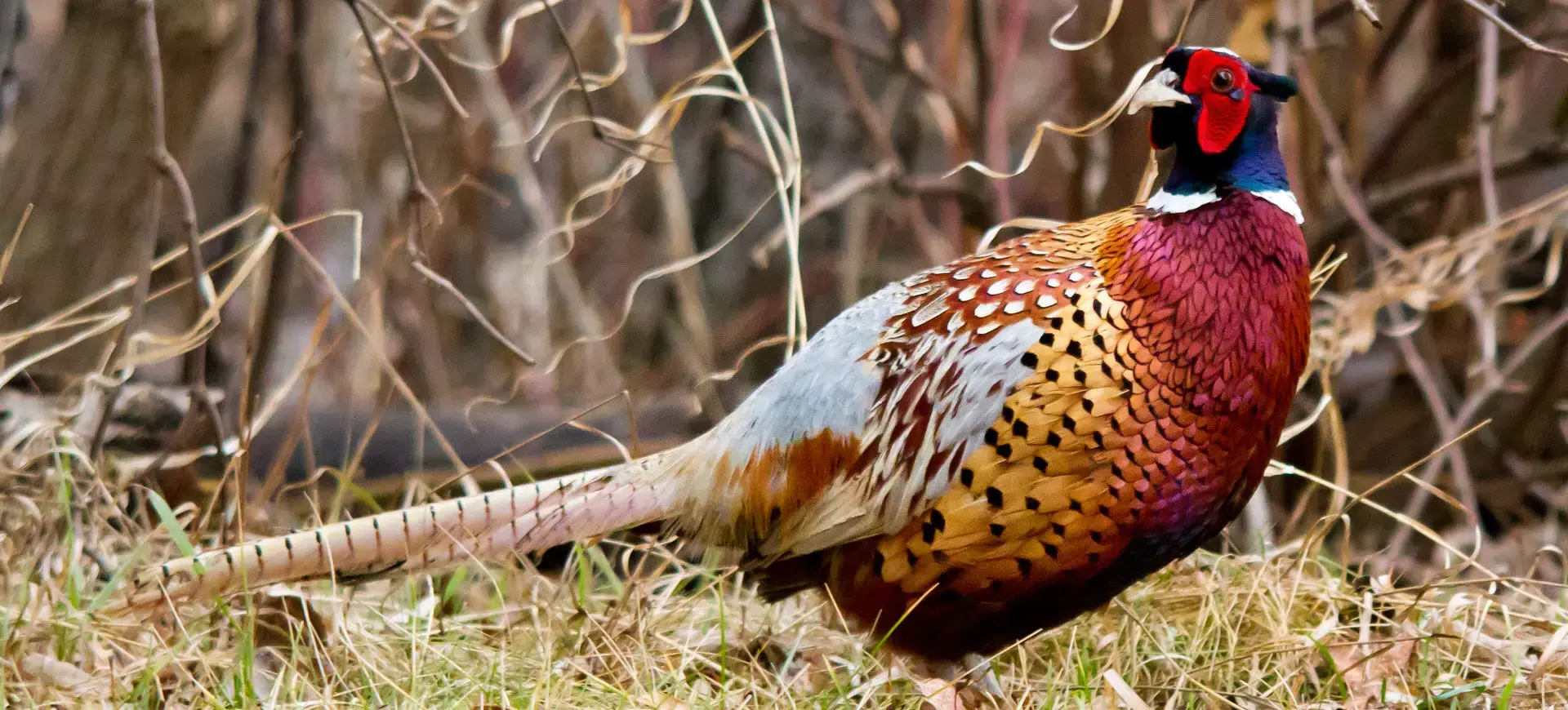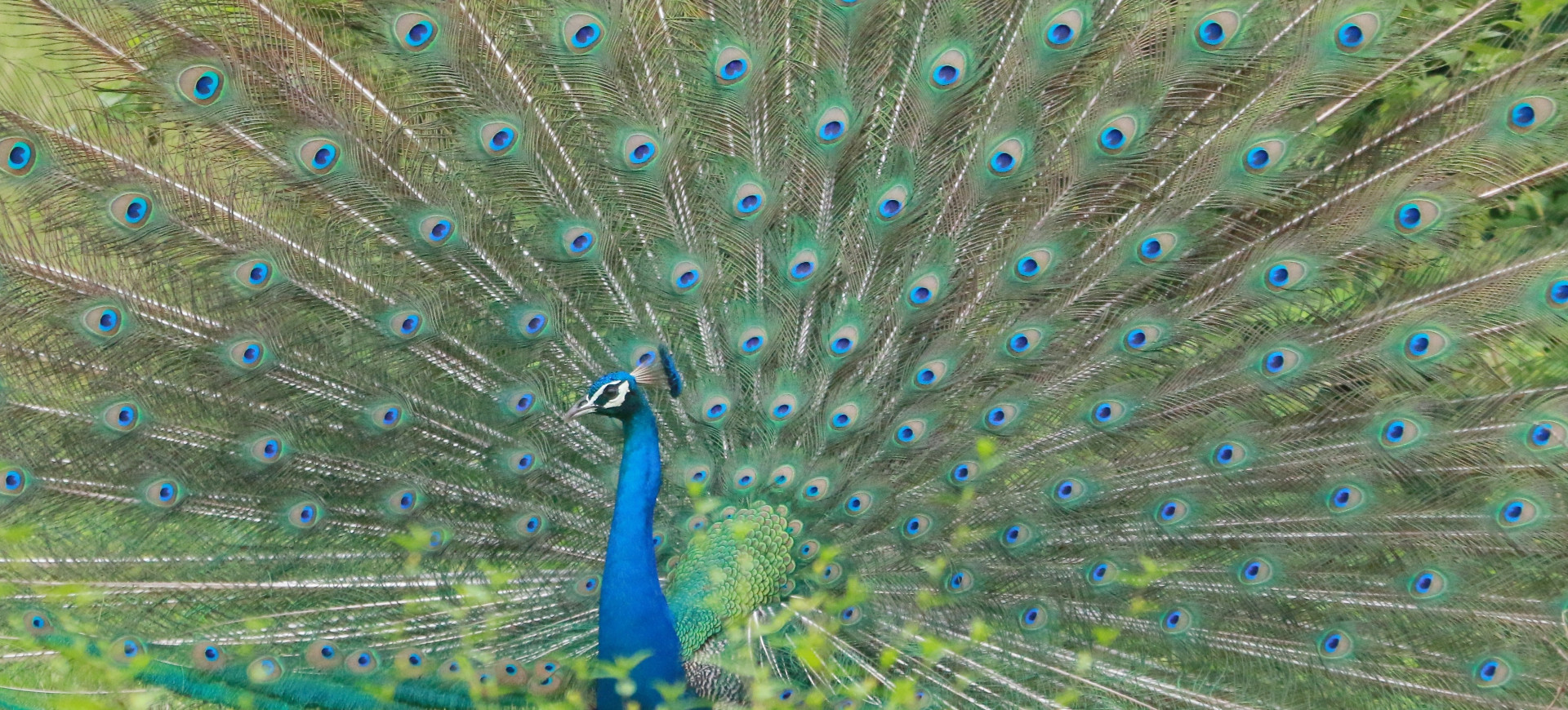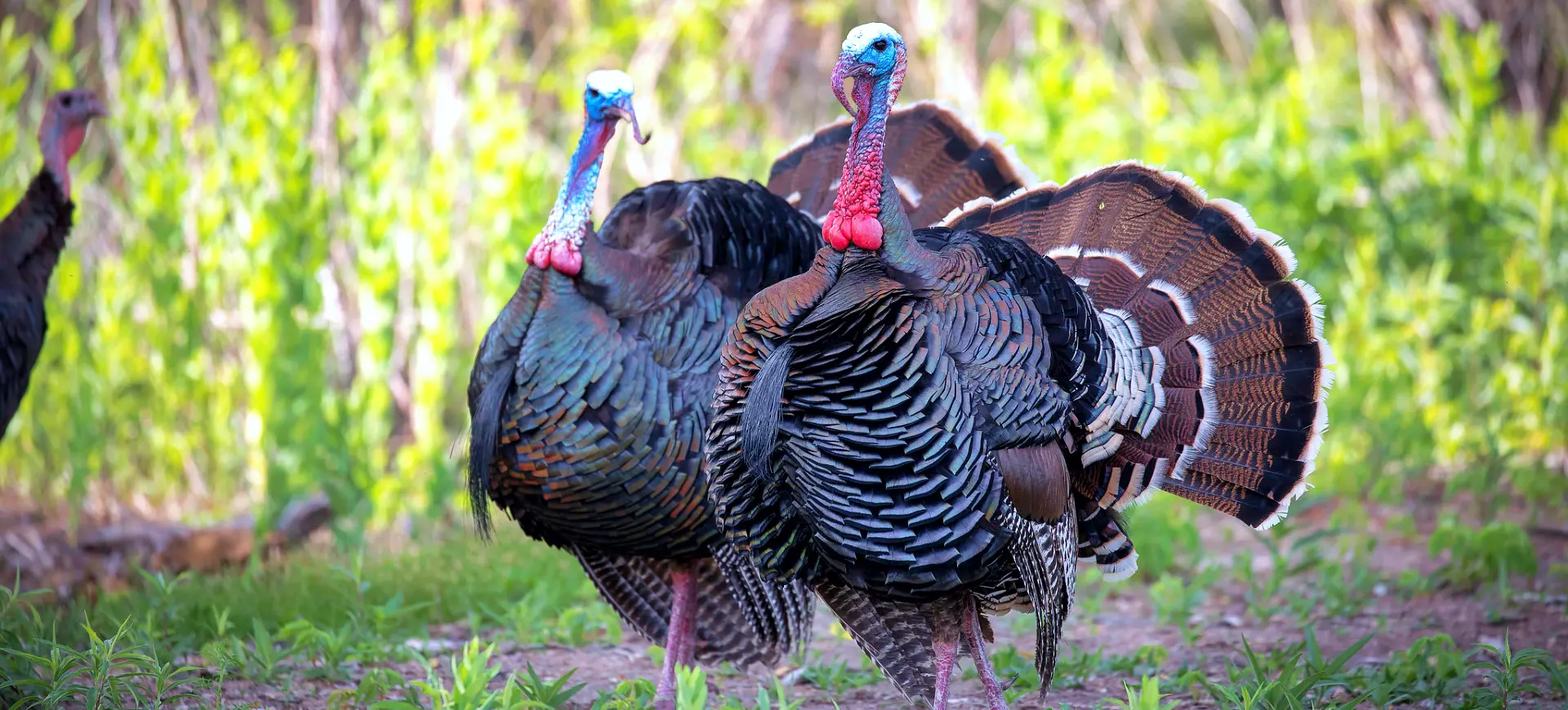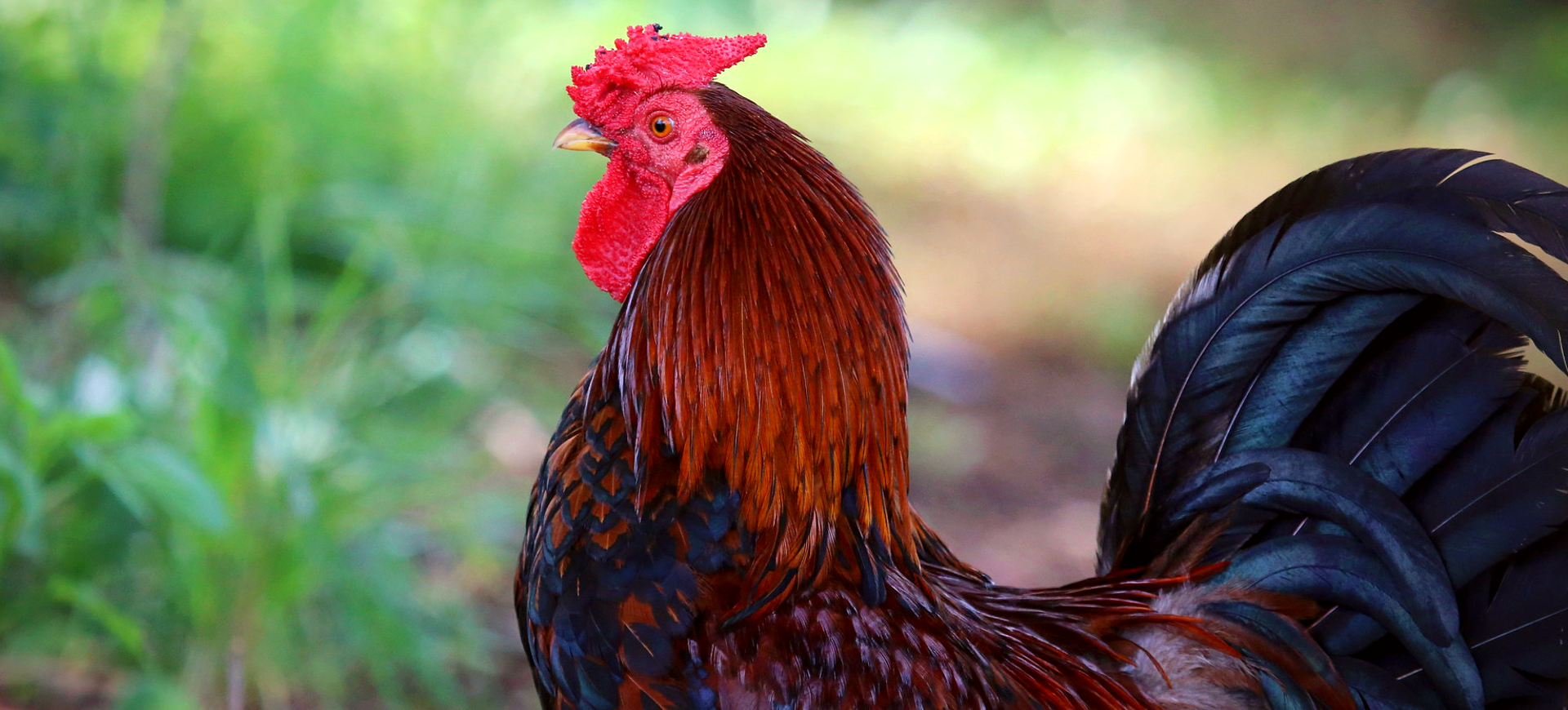Overview
The Crested Partridge, known scientifically as Rollulus rouloul, is a small, vibrant bird native to the tropical rainforests of Southeast Asia. It is easily recognizable by its bright red crest in males and green crest in females, set against a deep green and maroon body. These birds are ground-dwellers, spending most of their time foraging on the forest floor. Their striking appearance and elusive nature make them a fascinating species within their ecosystem.
In their natural habitat, Crested Partridges prefer dense undergrowth, which provides them with protection and ample foraging opportunities. They are primarily terrestrial, using their strong legs to move through the forest floor, searching for seeds, fruits, and insects. This diet makes them crucial seed dispersers, aiding the rainforest’s health. Despite their colorful plumage, they can be quite difficult to spot due to their shy and secretive behavior.
Crested Partridges are social birds, often seen in pairs or small family groups. They are known for their monogamous nature, with pairs forming strong bonds for several breeding seasons. They engage in vocal and physical displays during mating to strengthen these bonds. The nests are built on the ground, well-hidden in dense vegetation, where they lay and incubate their eggs.
Taxonomy
Kingdom
Phylum
Class
Order
Family
Genus
Species
Type
Physical Description:
The Crested Partridge is a small bird with a distinctive and striking appearance. Males are known for their bright red crest, while females have a green crest, complementing their deep green and maroon bodies. The species exhibits a compact, rounded body shape, typical for ground-dwelling birds. Despite their bright colors, their plumage provides excellent camouflage in the dappled light of the rainforest floor.
These birds have short, strong legs well-adapted for their terrestrial lifestyle. Their short and rounded wings indicate their preference for walking or running over flying. The beak of the Crested Partridge is stout and robust, suitable for a diet that includes a variety of seeds, fruits, and insects. This physical adaptation allows them to forage effectively in the dense undergrowth of their habitat.

Lifespan: Wild: ~15 years || Captivity: ~20 years

Weight: Male: 0.5 lbs (0.23 kg) || Female: 0.45 lbs (0.20 kg)

Length: Male: 10 inches (25 cm) || Female: 9.5 inches (24 cm)

Wingspan: Male & Female: 16-18 inches (40-45 cm)
Characteristic:
Native Habitat:
The native habitat of the Crested Partridge is the tropical rainforests of Southeast Asia. These birds thrive in environments with dense undergrowth and a closed canopy, such as lowland and hill forests. This habitat provides them with essential cover from predators and a rich food source from the forest floor.
Their strong legs and ground-foraging habits show adaptation to a terrestrial life. The Crested Partridge relies heavily on the rainforest’s dense vegetation for protection and nesting sites. Their presence is an indicator of the health of these ecosystems, and they are poorly adapted to open or fragmented landscapes.
Climate Zones:
Biomes:
WWF Biomes:
Biogeographical Realms:
Continents:
Diet:
Diet & Feeding Habits:
Crested Partridges are omnivorous birds with a diet encompassing seeds, fruits, and small insects. Their foraging habits are closely tied to their ground-dwelling nature, as they scratch and peck at the forest floor to uncover their food. This foraging behavior provides them with nourishment and plays a crucial role in seed dispersal within the rainforest ecosystem.
The diet of these birds varies with the availability of food sources in their habitat. In addition to plant material, Crested Partridges occasionally consume small invertebrates, which provide them with essential proteins. They typically forage in pairs or small groups, maintaining close communication through soft calls. This social foraging behavior is important for their survival in the dense rainforest environment.
Mating Behavior:
Mating Description:
The Crested Partridge is known for its monogamous mating system, where pairs form strong and often long-lasting bonds. During the mating season, these birds engage in elaborate courtship displays that include a variety of vocalizations and physical posturing. These behaviors serve not only to attract a mate but also to strengthen the pair’s bond.
Nesting occurs on the ground, with the female typically building the nest. The nest is usually well-concealed in dense vegetation, protecting the eggs and, later, the chicks. Both parents participate in incubating the eggs and raising the offspring. The chicks of the Crested Partridge are precocial, meaning they are relatively mature and mobile shortly after hatching, which is crucial for their survival in the wild.
Reproduction Season:
Birth Type:
Pregnancy Duration:
Female Name:
Male Name:
Baby Name:
Social Structure Description:
The Crested Partridge typically exhibits a solitary or pair-based social structure. They are often seen in pairs or small family groups, especially during the breeding season. These pairs form strong bonds, staying together throughout the year and engaging in cooperative behaviors such as foraging and nest building.
During the breeding season, these birds become more territorial, with the male playing a significant role in defending their territory. The social structure of the Crested Partridge is closely tied to their habitat, with the dense forest providing the necessary cover for their lifestyle. Their communication includes a range of vocalizations used for maintaining contact and coordinating activities within the pair or family group.
Groups:
Conservation Status:
Population Trend:
The Crested Partridge is classified as Near Threatened due to habitat loss and fragmentation. Their dependence on intact rainforest habitats makes them particularly vulnerable to the effects of deforestation and land conversion for agriculture and development. This species’ survival heavily depends on effective conservation strategies to protect and restore their natural habitats.
In addition to habitat loss, these birds face threats from illegal hunting and trapping, primarily for the pet trade. These activities reduce their numbers in the wild and disrupt their natural breeding and social behaviors. Effective law enforcement and community engagement are essential to mitigate these threats and ensure the species’ long-term survival.
Population Threats:
The primary threats facing the Crested Partridge are habitat destruction and degradation due to deforestation for agricultural and urban development. This loss of habitat reduces their range and affects their ability to find food and suitable breeding sites. The fragmentation of rainforest habitats also limits their movement and leads to the genetic isolation of populations.
Illegal hunting and the pet trade further exacerbate the decline of this species. These activities directly reduce their numbers and can disrupt the natural balance of the ecosystems they inhabit. Conservation efforts must address these threats to protect the Crested Partridge and ensure its survival in the wild.
Conservation Efforts:
Conservation efforts for the Crested Partridge focus on habitat protection and restoration. This includes establishing and managing protected areas within their natural range, which provide safe environments for feeding, breeding, and raising young. These protected areas are crucial for survival, offering a refuge from habitat destruction and human disturbance.
Additionally, education and awareness programs are important in local communities to reduce hunting and trapping pressures. These programs promote sustainable land-use practices and the importance of biodiversity. Conservation breeding and research initiatives also play a role in understanding the species’ needs and informing conservation strategies.
Additional Resources:
Fun Facts
- Crested Partridges are known for their unique dust-bathing behavior, which helps maintain the condition of their feathers.
- Despite their vibrant plumage, they are experts at camouflage, blending seamlessly into the forest floor.
- These birds are known for their distinctive whistling calls, which can be heard throughout the rainforest.
- Crested Partridges play a crucial role in their ecosystem by aiding in seed dispersal through their diet.
- They have a unique habit of ‘tidbitting’ – making soft clucking sounds while foraging.
- Males and females of this species can be easily distinguished by the color of their crests – red in males and green in females.
- Unlike many bird species, Crested Partridges are not long-distance flyers; they prefer to stay close to the ground.
- They are one of the few bird species where the female is less colorful than the male.
- Crested Partridges are quite adaptable in diet, changing their food preferences based on availability.
- In certain cultures, these birds are considered a symbol of good luck and prosperity.




